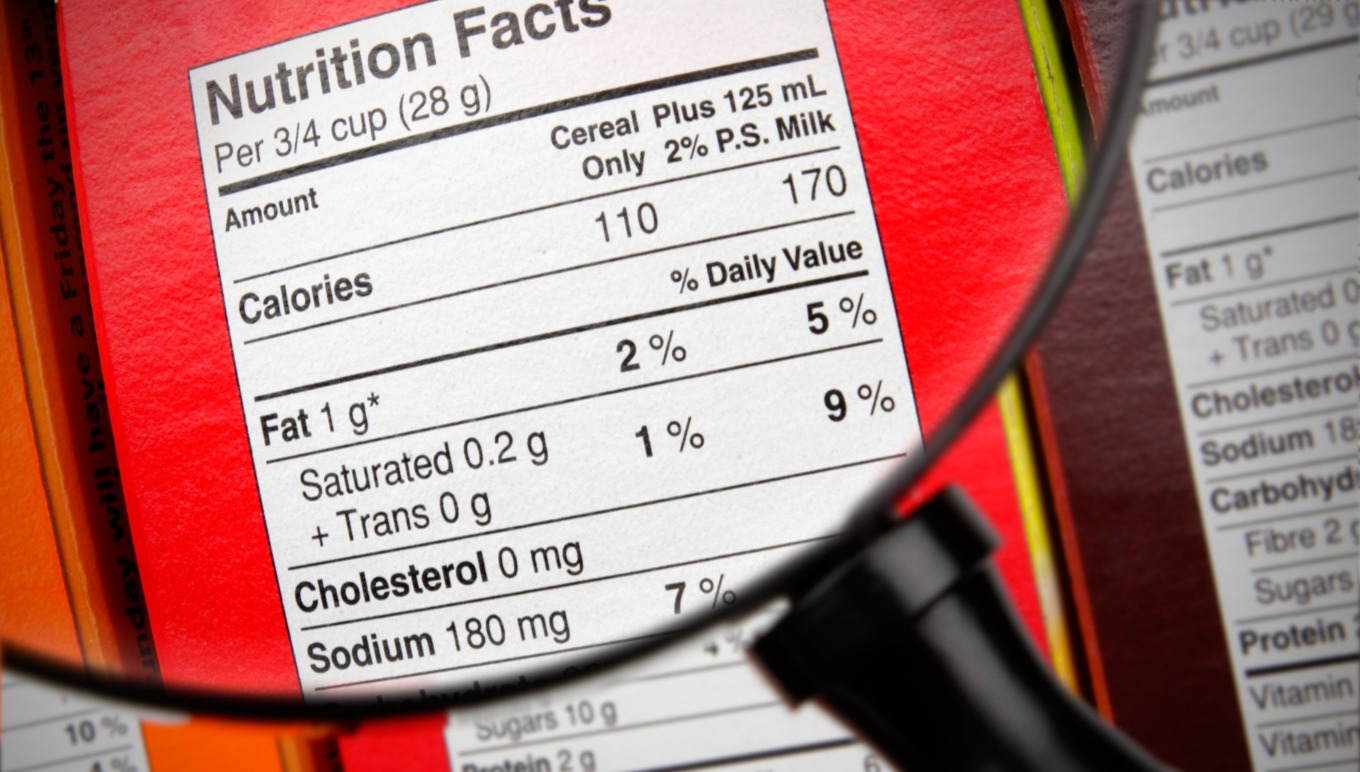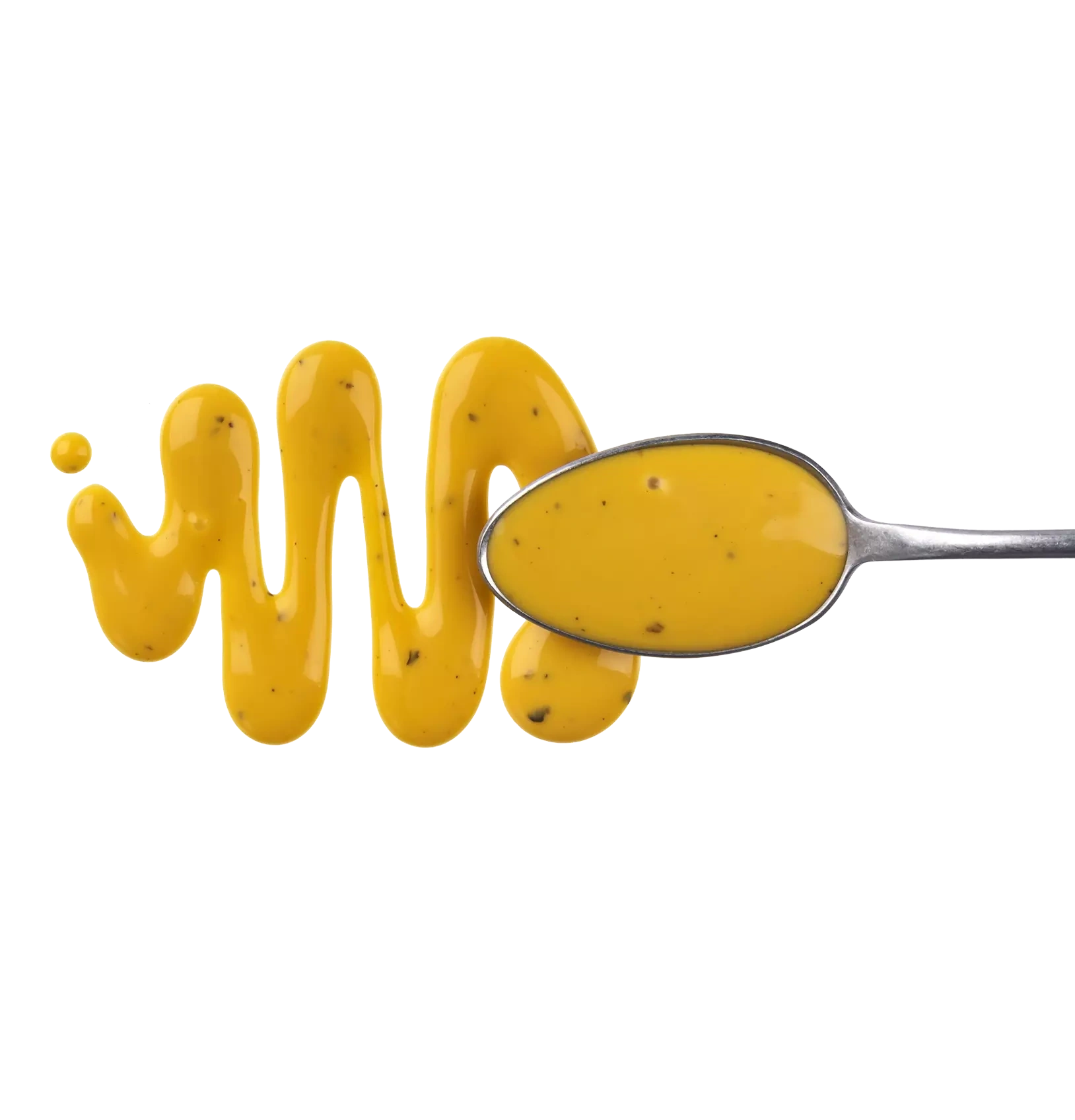Can Reformulation Stop Ingredient Costs Eating Into Food Brands' Profit Margins?
Can Reformulation Stop Ingredient Costs Eating Into Food Brands' Profit Margins?
Can Reformulation Stop Ingredient Costs Eating Into Food Brands' Profit Margins?
16 Aug 2023
 Aptean Staff Writer
Aptean Staff Writer 
Telling a food manufacturer that trading conditions are tough is like preaching to the choir. They already know ingredient costs are rising and margins are getting tighter. The challenge is what to do about it.
Beating rising business costs can seem an impossible situation for food and beverage brands. You have no doubt encountered these common approaches, and perhaps even considered:
Pass on price increases to the consumer and risk losing sales. Many shoppers are already price-conscious because rising costs are impacting other areas of their household budget.
Take a ‘shrinkflation’ approach and reduce product sizes. This could also alienate loyal customers, impacting sales.
Neither of these solutions are ideal. That's why many food companies are looking at an alternative: reformulating products to make them cheaper to produce.
Reformulation Carries a Risk
Reformulation itself is nothing new, but the main motivator to date has been improving a product’s health credentials. Already this year, we’ve seen Danone revamp 70% of its plant-based milks with healthier ingredients. Pepsi has slashed the sugar content of its classic drink by 57%, while Cadbury is exploring plant-based options with up to 75% less sugar and fat.
There's a clear business case for reformulation when consumers are on a health kick or governments are updating food laws. But what about internal change drivers?
Swapping out ingredients or changing ratios can lower production costs (which is ideal in the current climate). However, doing this without alienating your customer base is easier said than done. For example:
Altering a recipe can change a product’s flavor profile or mouthfeel, making it less appealing to consumers. For example, reducing the fat content of a soup or sauce can give it a watery texture. Lest we forget Coca-Cola's ill-fated attempt to introduce "New Coke" in the 1980s.
Many ingredients are interdependent, so "one small tweak" can change the recipe outcome. Brands that have experimented with gluten-free versions of their products will already know reformulation is not as simple as swapping one ingredient for another in equal quantities.
Including new components can result in the use of new allergens, which brands must label correctly. Introducing allergens into a popular product can also result in a loss of market share. Even increasing the volume of existing allergens can affect consumers with food intolerances.
Reformulations can meet regulations easier in some markets than in others, both in terms of geography and sub-industry. For example, sugar is an effective cost-cutting ingredient, but over 50 countries have introduced taxes on sugar-sweetened beverages.
Brands need a strategic approach to innovate without jeopardising product popularity or compliance. Thankfully, product lifecycle management (PLM) technology for food and beverage businesses can provide this.
Using PLM Technology To Drive Innovation
Why is PLM software so important to product reformulation? Because it helps to keep innovation on track. Here are some examples of the difference PLM can make:
Sticking to the Brief
While switching ingredients can lower costs, the product (or product range) still needs to meet the original brief. PLM technology uses an electronic document management (EDM) system so that teams can refer to the brief at any time.
With a single source of truth, everyone has access to accurate information. They can also leave comments and updates for colleagues to review. The best PLM software can even verify prototypes against the original brief, alerting teams when something is non-compliant.
For a deeper dive, download our free whitepaper: How a PLM Solution Drives Faster, More Informed Decision-Making in NPD.
Innovating at Speed
The faster you can reformulate, the quicker you’ll reduce production costs and enjoy savings. PLM technology helps speed up innovation by developing new recipes from existing templates.
If you’ve chosen a food-specific PLM system, it may have extra tools to support quicker decision-making, such as indexing and filtering component data like a search engine. This allows R&D teams to compare ingredients and choose the most suitable substitute.
A digital, data-driven approach also ends the basic inefficiencies and human errors that can impact your speed of change.
Changing Packaging, Labelling and Marketing Claims
It’s not just the product that’s affected by reformulation. For example, imagine a frozen fish brand lowering costs by substituting ale with sparkling water in their battered coating. That product can no longer be referred as “beer battered cod”.
New allergens may also need to be incorporated into product packaging/labelling, and product claims may change. For instance, ingredient substitutions may make a product suitable for vegetarians or vegans for the first time.
PLM software can manage all the data needed to update labelling and validate product claims. Plus, it can automate the formatting of nutrition information and other label requirements for each region.
Carry Out a Cost Analysis To Make Sure the Numbers Add Up
Most of the points we’ve discussed have focused on getting the flavor and compliance elements right. We’ve yet to fully tackle the most important driver in the current climate: cost.
Reformulating to reduce production costs involves more than finding the most palatable substitute. The numbers need to work too. Your R&D team needs to identify which ingredients impact profit most and reduce or replace those components.
PLM software provides an advantage for cost-based reformulation, as you can conduct cost analyses at the prototype stage. Aptean PLM software includes a Cost Solver module, which optimises recipe costs according to fixed or variable parameters. By modeling several recipe scenarios, you can strike the ideal balance between flavor and financials.
Once you've finalised the recipe, PLM software can streamline the process of getting prototypes into production. This way, your lower-cost option hits shelves as quickly as possible.
Lower Production Costs Without Losing Your Competitive Edge
PLM software allows food and beverage companies to lower costs without compromising on quality—and remain competitive. We know this because leading brands like Monin and DS Smith use our PLM technology to underpin their R&D programs.
New idea development is commonly thought of as the most complex part of the product lifecycle. But, in reality, reformulating recipes to make them more cost-effective can also prove complicated.
Enter Aptean.
Aptean PLM Lascom Edition helps food and beverage manufacturers and producers control the impact of a recipe change. Our software can optimise detailed aspects of a formula—including the recipe, nutrition, cost and allergens—to get products to market as efficiently as possible. Our food and beverage PLM technology also combines task lists and workflows into easy-to-understand Gantt charts, so your business can pivot to a more profitable recipe.
Sound interesting? Watch the video below and get in touch to arrange a product demo. We'd love to chat.

Ready to Start Transforming Your Food and Beverage Business?
Start your transformation with Aptean PLM for food and beverage companies.



